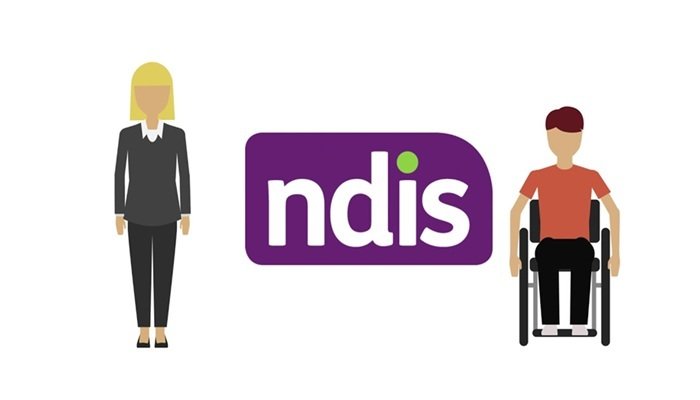Common NDIS Terms Explained: A Beginner’s Glossary

For those new to the National Disability Insurance Scheme (NDIS), navigating the terminology can feel overwhelming. From funding categories to acronyms and participant supports, there’s a lot to take in. Understanding these key terms can help you make the most of your NDIS plan and communicate confidently with providers, support coordinators, and planners. Below, we’ve compiled a beginner-friendly glossary to help demystify the language of the NDIS.
Participant
An individual who has been approved to receive support through the NDIS. Participants have a personalised plan that outlines their goals and the funding available to help achieve them.
NDIA (National Disability Insurance Agency)
The government organisation responsible for implementing and managing the NDIS. The NDIA makes decisions about eligibility, funding, and the administration of participant plans.
NDIS Plan
A document that details the supports and services a participant is funded to receive. Each plan is tailored to the participant’s personal circumstances, goals, and support needs. It includes funding across different categories such as Core Supports, Capacity Building, and Capital Supports.
Goals
Goals are the aspirations or outcomes a participant wants to achieve with the help of their NDIS supports — for example, improving independence, learning new skills, or participating more in the community.
Core Supports
These are everyday assistance services that help participants live more independently. This may include personal care, assistance with household tasks, transport, or consumable items like continence products.
Capacity Building Supports
Supports designed to build a participant’s independence and skills over time. Examples include therapies, employment assistance, or help with daily living and decision-making.
Capital Supports
Funding for assistive technology, equipment, or home modifications that promote accessibility, mobility, and safety.
Support Coordinator
A professional who helps participants understand and implement their NDIS plan. They connect participants with providers, assist with budgeting, and ensure services align with the participant’s goals.
Plan Manager
A plan manager helps participants handle the financial side of their plan, such as paying invoices and managing budgets. Participants who choose plan management have the flexibility of self-management without the administrative burden.
Self-Managed, Plan-Managed, and NDIA-Managed
These are the three main ways NDIS funds can be managed:
– Self-managed: Participants manage their own funding, giving them full control over providers and payments.
– Plan-managed: A plan manager handles payments and administration on behalf of the participant.
– NDIA-managed: The NDIA pays providers directly from the participant’s plan.
Reasonable and Necessary Supports
The guiding principle behind all NDIS funding decisions. Supports must be directly related to a participant’s disability and help them pursue their goals, while also representing value for money.
Early Childhood Approach (ECA)
A framework within the NDIS that provides tailored early intervention support for children under seven with developmental delays or disabilities.
Service Agreement
A formal contract between a participant and their service provider outlining the supports to be delivered, pricing, and terms of service.
The NDIS can seem complex at first, but understanding these foundational terms is a major step toward navigating it with confidence
As you become more familiar with the language, you’ll find it easier to make informed choices, set meaningful goals, and use your NDIS plan to its fullest potential. If you’re still getting your bearings, there are more resources to help you understand and manage your plan effectively.





